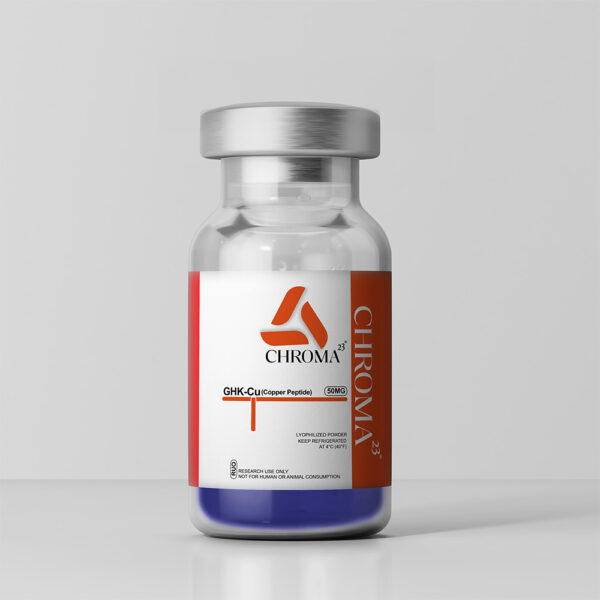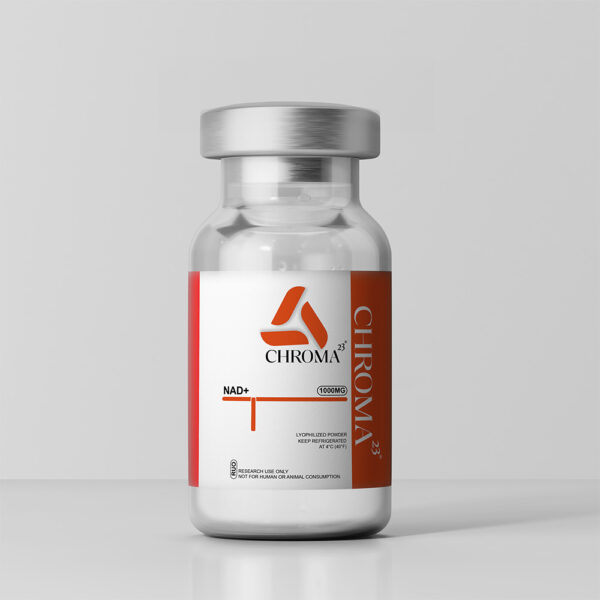Glow Blend is a uniquely designed research peptide combination featuring three prominent peptides: GHK-Cu, BPC-157, and TB-500. This synergistic formulation is intended to provide researchers with a robust tool to explore complex biological processes related to skin regeneration, tissue healing, and cellular function regulation.
GHK-Cu (27mg) is a naturally occurring copper peptide known for its high affinity to bind copper ions. It has been widely investigated for its role in modulating gene expression related to tissue repair, collagen production, and antioxidant defense. Research indicates that GHK-Cu may influence fibroblast activity, angiogenesis, and wound repair processes in various in vitro and in vivo models.
BPC-157 (5mg) is derived from a protective gastric peptide sequence and has been the subject of numerous preclinical studies. It has shown promise in research focused on promoting tissue regeneration, reducing inflammation, and enhancing angiogenesis. Its stability and effectiveness in gastrointestinal and musculoskeletal models make it a valuable candidate for ongoing investigation into systemic healing responses.
TB-500 (10mg), a synthetic analog of thymosin beta-4, is a naturally occurring peptide linked with actin binding and cellular motility. It has been studied in models of injury recovery, where it appears to play a role in reducing fibrosis and supporting tissue regeneration. TB-500 may also contribute to cellular migration and angiogenic pathways in preclinical environments.
Glow Blend offers an optimized ratio of these three peptides for experimental use. Each peptide is included in dosages often explored in animal models, allowing for the study of individual and collective mechanisms involved in cellular signaling, matrix support, and repair responses. The lyophilized powder is suitable for reconstitution with bacteriostatic water or sterile solvents and should be stored under proper lab conditions.
Product Data:
- Composition:
- GHK-Cu – 27mg
- BPC-157 – 5mg
- TB-500 – 10mg
- CAS Numbers:
- GHK-Cu: 89030-95-5
- BPC-157: 137525-51-0
- TB-500: 77591-33-4





